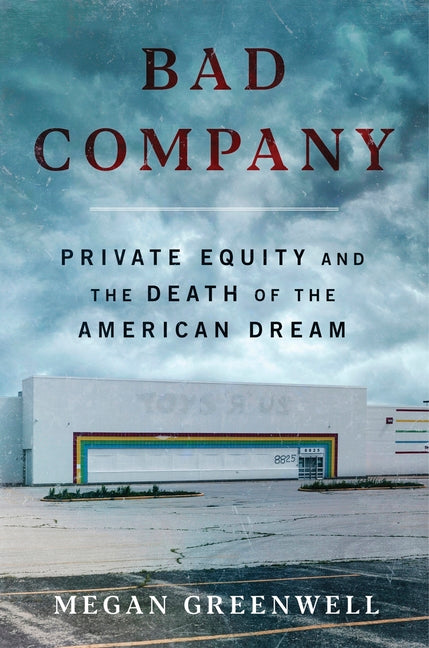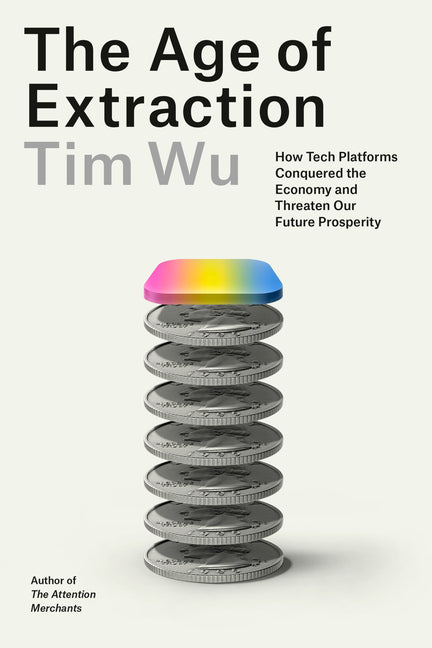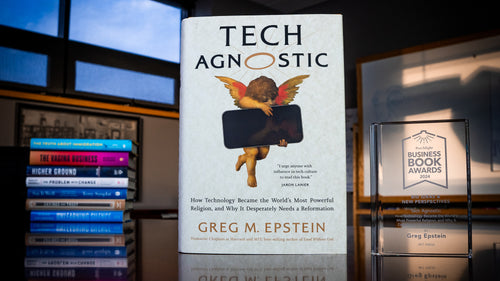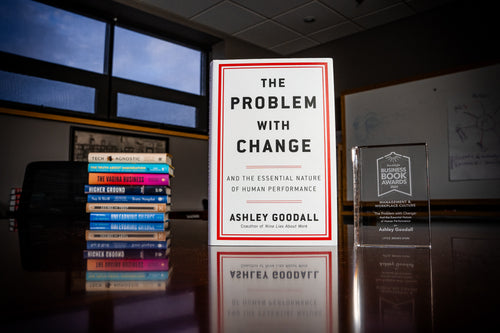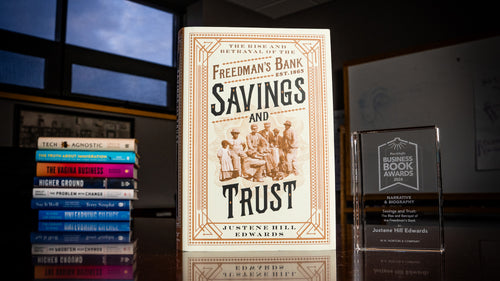How Big Things Get Done | An Excerpt from the Leadership & Strategy Category
As Porchlight's Managing Director Sally Haldorson recently wrote:
As leaders face pressures to adapt our companies to a new way of doing business day to day, and reshaping our workplaces and our expectations on what performance and productivity looks like, we still need to get sh*t done. How Big Things Get Done offers terrific storytelling, actionable advice, and psychological and sociological insight into project planning and management, whether you are trying to lead a project to change your life, your software, or the layout of your kitchen.
The following excerpt comes from the book's Introduction, and tells us of "A NEW YORK SUCCESS STORY."

The vision that became arguably the world’s most legendary skyscraper started with a pencil. Who held the pencil depends on which version of the story you trust. In one, it was the architect, William Lamb. In another, it was John J. Raskob, a financial wizard and former General Motors executive. In either case, a pencil was taken from a desk and held vertically, point up. That’s what the Empire State Building would be: slim, straight, and stretching higher into the sky than any other building on the planet.1
The idea to erect a tower probably came early in 1929 from Al Smith. A lifelong New Yorker and former New York governor, Smith had been the Democratic presidential candidate in the 1928 election. Like most New Yorkers, Smith opposed Prohibition. Most Americans disagreed, and Smith lost to Herbert Hoover. Unemployed, Smith needed a new challenge. He took his idea to Raskob, and they formed Empire State Inc., with Smith acting as the president and face of the corporation and Raskob as its moneyman. They settled on a location—the site of the original Waldorf-Astoria hotel, once the pinnacle of Manhattan luxury—set the parameters of the project, and developed the business plan. They fixed the total budget, including the purchase and demolition of the Waldorf-Astoria, at $50 million ($820 million in 2021 dollars), and scheduled the grand opening for May 1, 1931. They hired Lamb’s firm. Someone held up a pencil. At that point, they had eighteen months to go from first sketch to last rivet.
They moved fast because the moment was right. In the late 1920s, New York had overtaken London as the world’s most populous metropolis, jazz was hot, stocks were soaring, the economy was booming, and skyscrapers—the thrilling new symbol of prosperous Machine Age America—were leaping up all over Manhattan. Financiers were looking for new projects to back, the more ambitious the better. The Chrysler Building would soon become the tallest of the titans, garnering all the prestige and rental income that went with the title. Raskob, Smith, and Lamb were determined to have their pencil top them all.
In planning the building, Lamb’s focus was intensely practical. “The day that [the architect] could sit before his drawing board and make pretty sketches of decidedly uneconomic monuments to himself has gone,” he wrote in January 1931. “His scorn of things ‘practical’ has been replaced by an intense earnestness to make practical necessities the armature upon which he moulds the form of his idea.”
Working closely with the project’s builders and engineers, Lamb developed designs shaped by the site and the need to stay on budget and schedule. “The adaptation of the design to conditions of use, construction and speed of erection has been kept to the fore throughout the development of the drawings of the Empire State,” he wrote. The designs were rigorously tested to ensure that they would work. “Hardly a detail was issued without having been thoroughly analyzed by the builders and their experts and adjusted and changed to meet every foreseen delay.”2
In a 1931 publication, the corporation boasted that before any work had been done on the construction site “the architects knew exactly how many beams and of what lengths, even how many rivets and bolts would be needed. They knew how many windows Empire State would have, how many blocks of limestone, and of what shapes and sizes, how many tons of aluminum and stainless steel, tons of cement, tons of mortar. Even before it was begun, Empire State was finished entirely—on paper.”3
The first steam shovel clawed into the Manhattan dirt on March 17, 1930. More than three thousand workers swarmed the site, and construction advanced rapidly, beginning with the steel skeleton thrusting upward, followed by the completed first story. Then the second story. The third. The fourth. Newspapers reported on the skyscraper’s rise as if it were a Yankees playoff run.
As workers learned and processes smoothed, progress accelerated. Up went three stories in one week. Four. Four and a half. At the height of construction, the pace hit a story a day.4 And a little more. “When we were in full swing going up the main tower,” Lamb’s partner Richmond Shreve recalled, “things clicked with such precision that once we erected fourteen and a half floors in ten working days—steel, concrete, stone and all.”5 That was an era when people marveled at the efficiency of factories churning out cars, and the Empire State designers were inspired to imagine their process as a vertical assembly line—except that “the assembly line did the moving,” Shreve explained, while “the finished product stayed in place.”6
By the time the Empire State Building was officially opened by President Herbert Hoover—exactly as scheduled, on May 1, 1931—it was already a local and national celebrity. Its height was daunting. The efficiency of its construction was legendary. And even though practicality had been at the front of Lamb’s mind, the building was unmistakably beautiful. Lamb’s drive for efficiency had created a lean, elegant design, and the New York chapter of the American Institute of Architects awarded it the 1931 Medal of Honor.7 Then, in 1933, King Kong climbed the building on the silver screen while clutching the glamorous Fay Wray, and the Empire State Building became a global star.
The Empire State Building had been estimated to cost $50 million. It actually cost $41 million ($679 million in 2021). That’s 17 percent under budget, or $141 million in 2021 dollars. Construction finished several weeks before the opening ceremony.
I call the pattern followed by the Empire State Building and other successful projects “Think slow, act fast.”
At the start, I asked how a vision is turned into a plan that becomes a triumphant new reality. As we will see, that is the answer: Think slow, act fast.
Excerpted from How Big Things Get Done: The Surprising Factors That Determine the Fate of Every Project, from Home Renovations to Space Exploration and Everything In Between.
Copyright © 2023 by Connaught Street Inc. and Bent Flyvbjerg.
Reprinted with permission of Currency, an imprint of Random House, a division of Penguin Random House LLC, New York.
All rights reserved.
NOTES:
1. John Tauranc, The Empire State Building: The Making of a Landmark (Ithaca, NY: Cornell University Press, 2014), 153.
2. William F. Lamb, “The Empire State Building,” Architectural Forum 54, no. 1 (January 1931): 1–7.
3. Empire State Inc., The Empire State (New York: Publicity Association, 1931), 21.
4. Carol Willis, Building the Empire State (New York: Norton, 1998), 11–12.
5. Tauranac, The Empire State Building, 204.
6. Ibid.
7. Benjamin Flowers, Skyscraper: The Politics and Power of Building New York City in the Twentieth Century (Philadelphia: University of Pennsylvania Press, 2009), 14.










